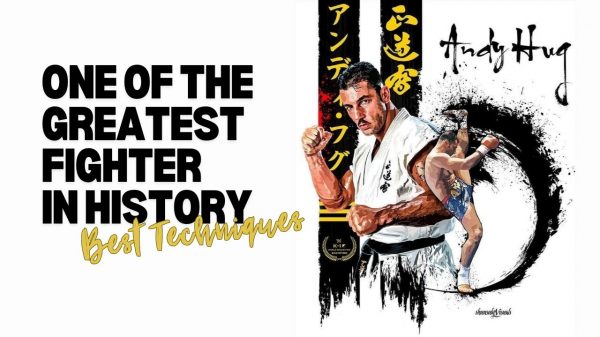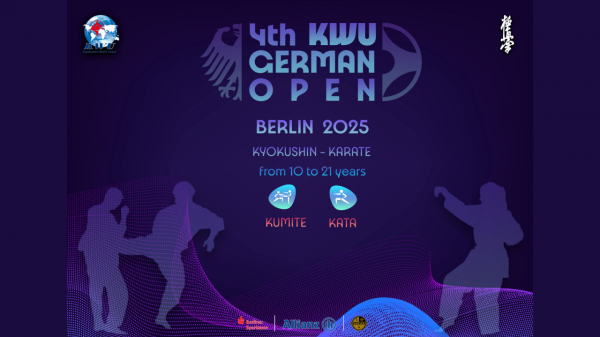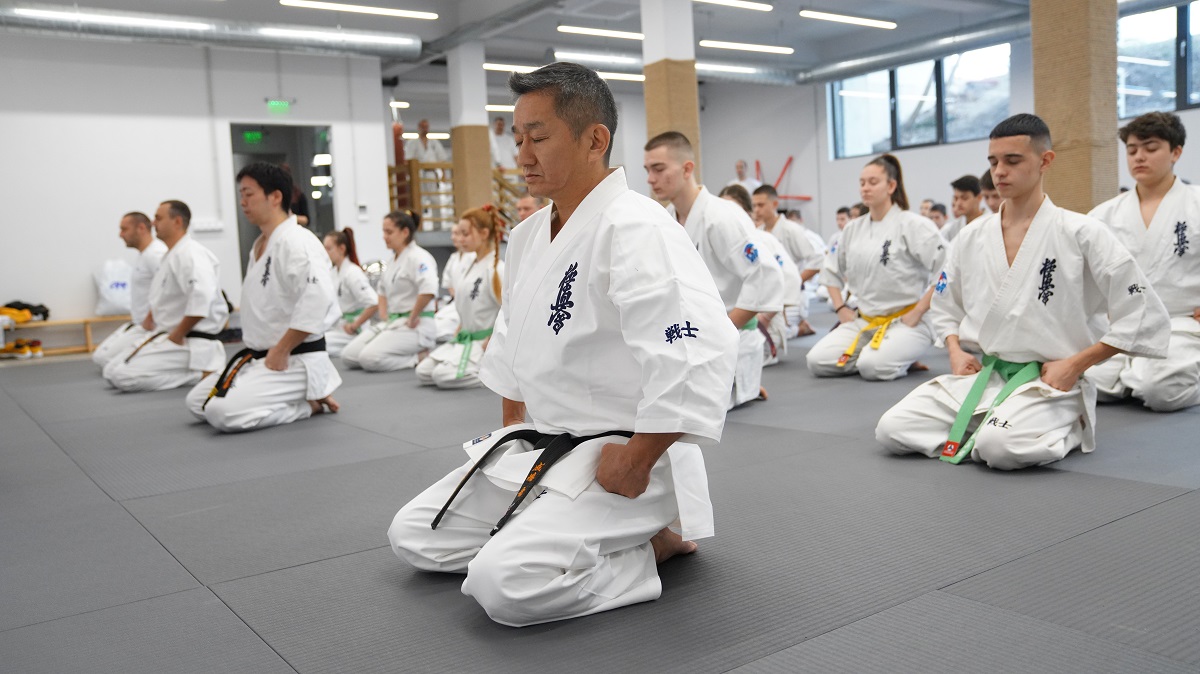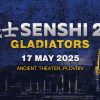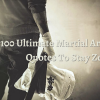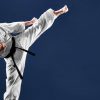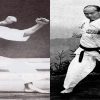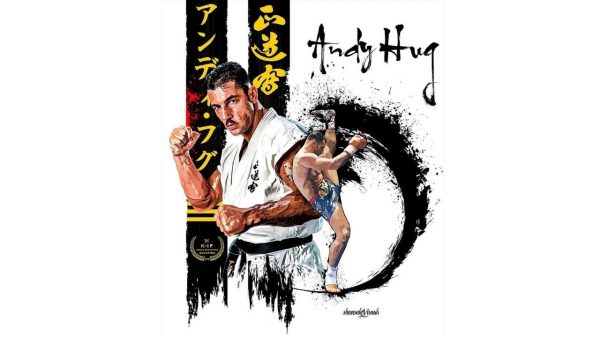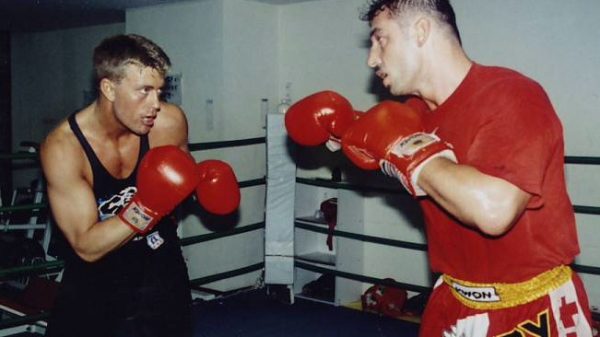Kyokushin Karate has a rich tradition and a unique terminology that reflects its Japanese roots. Understanding these terms is essential for any practitioner, as they are commonly used in training and instruction. Here are 10 fundamental Kyokushin terms every karateka should know:
- Osu (押忍)
- This is perhaps the most important term in Kyokushin. “Osu” is a phrase that encompasses respect, perseverance, and a willingness to endure. It’s used as a greeting, to show agreement, or to acknowledge instructions from an instructor. “Osu” represents the Kyokushin spirit of pushing through challenges.
- Dojo (道場)
- The dojo is the training hall where Kyokushin practice takes place. In Kyokushin, the dojo is a place of respect and discipline, and students are expected to follow dojo etiquette, showing reverence to their training space and fellow practitioners.
- Kihon (基本)
- Kihon refers to the basics or fundamental techniques in Kyokushin, including punches, kicks, stances, and blocks. Practicing Kihon is crucial as it forms the foundation of all advanced techniques and helps develop muscle memory.
- Kata (型)
- Kata are pre-arranged forms or sequences of techniques that simulate fighting multiple opponents. Practicing kata is essential for understanding technique, timing, balance, and flow. Each kata has a specific purpose and teaches different aspects of movement and strategy.
- Kumite (組手)
- Kumite means sparring. In Kyokushin, kumite is typically full-contact and allows practitioners to test their skills, endurance, and mental toughness in a controlled environment. There are various levels of kumite, from light-contact practice to intense, full-contact sparring.
- Seiza (正座)
- Seiza is the traditional kneeling position that practitioners assume at the beginning and end of class or during certain formal moments in training. Sitting in seiza shows respect and humility, and it is often accompanied by a moment of silent reflection.
- Rei (礼)
- Rei means bow. Bowing is a way to show respect to instructors, fellow students, and the dojo itself. Practitioners bow when entering or leaving the dojo and before and after training sessions. Rei is an important part of dojo etiquette in Kyokushin.
- Mawashi Geri (回し蹴り)
- Mawashi Geri is the roundhouse kick, one of the most commonly used kicks in Kyokushin. This kick is known for its power and effectiveness, particularly when aimed at the opponent’s torso or head. Mastering Mawashi Geri is essential for Kyokushin kumite.
- Hajime (始め)
- Hajime means “begin” and is used by instructors to start an activity, such as a round of sparring, a kata, or a training exercise. When “Hajime” is called, practitioners know to begin the action immediately with focus and intensity.
- Yame (止め)
- Yame means “stop.” It is the command used to halt a practice or drill, signaling that the exercise or sparring session should end. When “Yame” is called, practitioners stop immediately and return to a ready or respectful position.
Learning these basic Kyokushin terms is essential for anyone training in this martial art, as they convey important principles, instructions, and etiquette. Familiarizing yourself with these terms will not only help you understand training better but also deepen your connection to the spirit and traditions of Kyokushin Karate.



